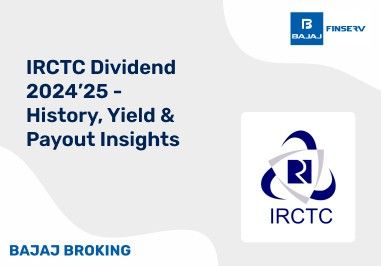Investors use many strategies to make potentially profitable investment decisions. Factor investing is a strategy that involves the choosing of securities based on attributes associated with higher returns. The return on stocks, bonds, etc is mostly dependent on two main factors; macroeconomic factors and style factors. Macroeconomic factors are meant to represent broad risks spanning across various assets. Style factors on the other hand are meant to describe returns and risks within asset classes.
Here, we will be discussing all the finer details about what factor investing is and how the strategy works.
Understanding Factor Investing in Detail
The main aim of factor investing is to help traders and investors in their portfolio diversification process, provide higher-than-market returns and manage risk. Every trader knows that the main aim of portfolio diversification is to enhance the safety of a trader’s investments. However, if the securities a trader has invested in move in lockstep with the broader market, diversification does not have much effect. But this is where factor investing comes into play. With the help of factor investing, traders can zero in on broader and more persistent factors that drive returns.
Sure the traditional 60% stocks and 40% bonds way of investing is easy to implement compared to which factor investing can seem overwhelming. This is because of the numerous factors that traders need to choose from. However, here’s a trick to combat this overwhelm. Instead of looking at complicated attributes like momentum, investors can start with easier aspects like size, risk or style. This makes it easier as these aspects can easily be tracked for most securities since they are listed on many stock research websites.
Key Factors in Factor Investing
Below is a list of some of the main factors in factor investing
Type of Factor
| Subdivision
|
Style Factors
|
Buying underpriced assets by analysing them fundamentally
Measured using the price-to-earnings ratio, the free cash flow of the company and the amount of dividends
|
Macroeconomic Factors
|
With a growing economy, consumer spending grows thus increasing profits for companies
Inversely it becomes harder for companies to make profits when there is a downturn in the economy
|
Benefits of Factor Investing
Many benefits come with factor investing. These include the benefits of diversification which helps in reducing the risk exposure a portfolio might be susceptible to. To add to this, factor investing provides the benefit of high returns as the strategy tracks specific traits of stocks that have generated high earnings in the past. This is why, investing in assets with the help of factors can provide higher returns with reduced risk.
Challenges Faced During Factor Investing
Where there are quite a few advantages to using factors, there are challenges too. Since factor investing is heavily dependent on high-quality and reliable data, sometimes it can be hard to come by. The stability of the returns offered by factors can also be questionable, particularly during political and economic volatility.
To add to these challenges, any changes in currency exchange rates can also end up affecting the investment value for foreign investors, adding more risk to the plate. When it comes to emerging markets globally, the regulatory environment can be unpredictable. As a result, any changes will affect investments too. The effectiveness of factors also depends on the markets they are being used in. Factors that work in developed markets might not work as effectively in emerging markets.
Implementing Factor Investing in Your Portfolio
To implement factor investing effectively, traders can invest in individual stocks that fit the various style factors. They could also invest in exchange-traded funds (ETFs) focussing on one or more factors. Keeping factors like value in mind, investors should find businesses with undervalued stock prices concerning key value indicators like earnings, book value, etc. For momentum factors, investors should look for investments or equities that had a strong price performance in the past and are expected to stay the course or get better over the short to medium term.
Also Read : Smart Investing
Conclusion
Factor investing can form a huge part of an investor’s long-term investment strategy. With a portfolio that has a varied range of factors, the risk is reduced to a great extent while the returns increase over an extended period.
Disclaimer: Investments in the securities market are subject to market risk, read all related documents carefully before investing.
This content is for educational purposes only. Securities quoted are exemplary and not recommendatory.
For All Disclaimers Click Here: https://bit.ly/3Tcsfuc













